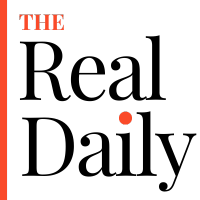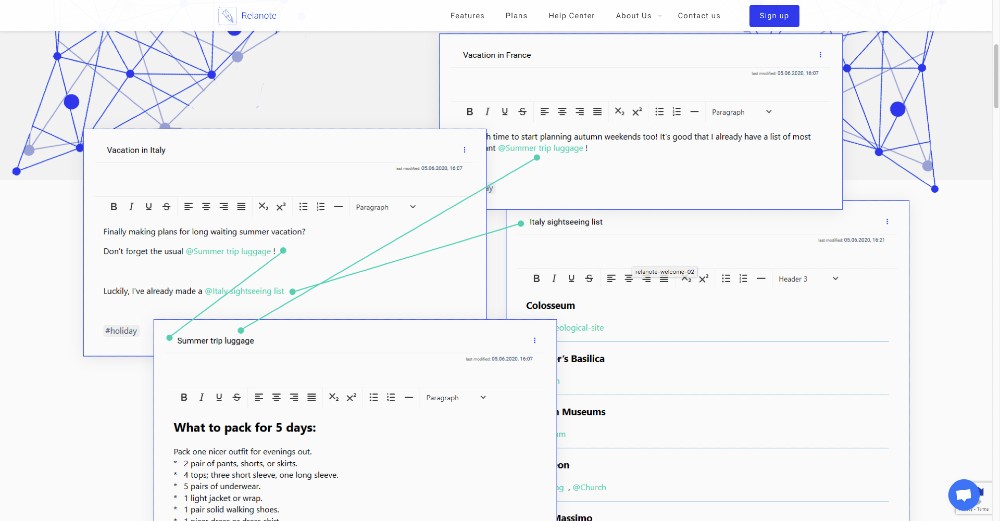You may be more familiar with the term “hyper-focused” than that of “mental models,” but we’re talking about the same thing. People that are hyper-focused (you may be one yourself) can work under pressure and function effectively while their colleagues tend to implode.
The situations can vary: An impending deadline with the clock ticking, perhaps an emergency decision that may mean the difference between life or death (figuratively or literally). The list goes on and on, and I’m tempted to say that we’ve all been there in one way or another.
Charles Duhigg digs into the topic with a riveting bit of prose that talks about mental models and how being hyper-focused spelled the difference between one of the worst air fatalities in modern history and what turned out to be a rocky landing (understatement). The question is: How do you harness that clarity of thought when you’re about to spin out of control at 20,000ft and put it work for you at work?
Where do you direct attention when multitasking?
Mental models, comments Duhigg, help us by “providing a scaffold for the torrent of information that constantly surrounds us.” Models help us choose where to direct our attention, so we can make decisions, rather than just react.
For example, points out Duhigg, “if you are in a meeting and the CEO suddenly asks you for an opinion, your mind is likely to snap from passive listening to active involvement. But if you’re not careful, a cognitive tunnel might prompt you to say something you regret.”
Consider this: If you are juggling multiple conversations and tasks at once and an important email or telephone call arrives, reactive thinking can cause you to type or say a reply before you’ve really thought out what you want to say.
So what’s the solution?
Well, think about it: If you want to do a better job of paying attention to what really matters, of not getting overwhelmed and distracted by the constant flow of emails and conversations and interruptions that are part of every day, of knowing what to focus on and what to ignore, get into the habit, recounts Duhigg, “of telling yourself stories.”
Internally narrate your life as it’s occurring, and then when your boss suddenly asks you a question during a meeting or an urgent note arrives and you have only minutes to reply, the spotlight inside your head will be ready to shine the right way.
Perhaps easier said than done. But it’s worth giving a try. To become genuinely productive, we must take control of our attention; we must build mental models that put us firmly in charge.
To learn more about mental models, check out Gabriel Weinberg’s take on different methods.
Nearly three decades living and working all over the world as a radio and television broadcast journalist in the United States Air Force, Staff Writer, Gary Picariello is now retired from the military and is focused on his writing career.

















































